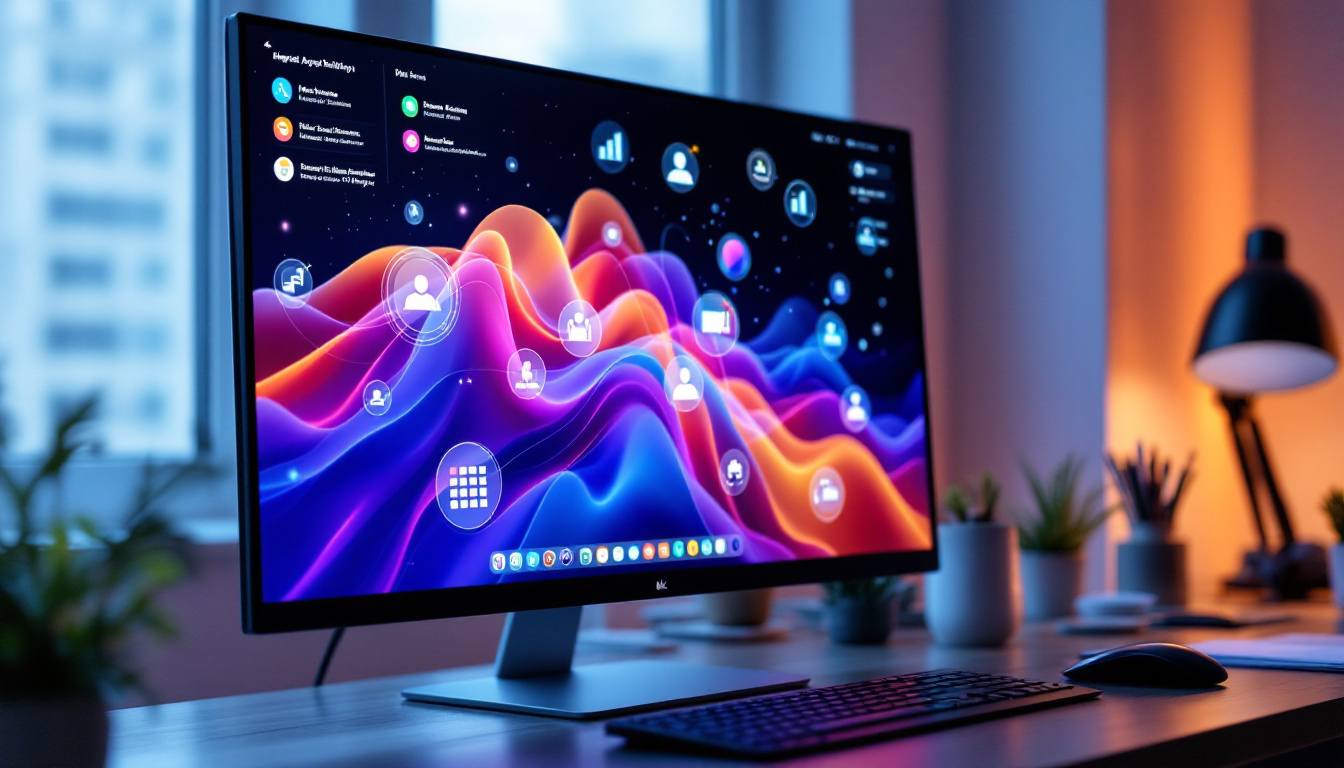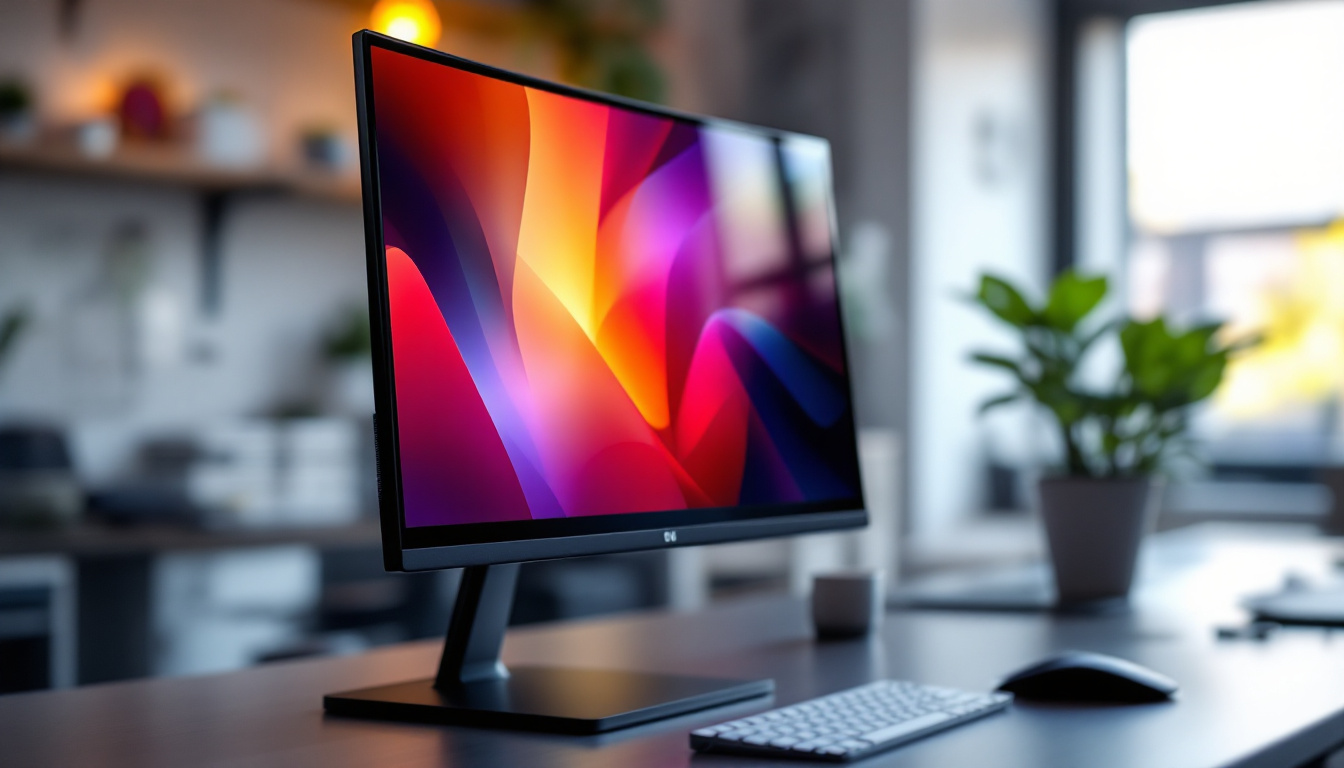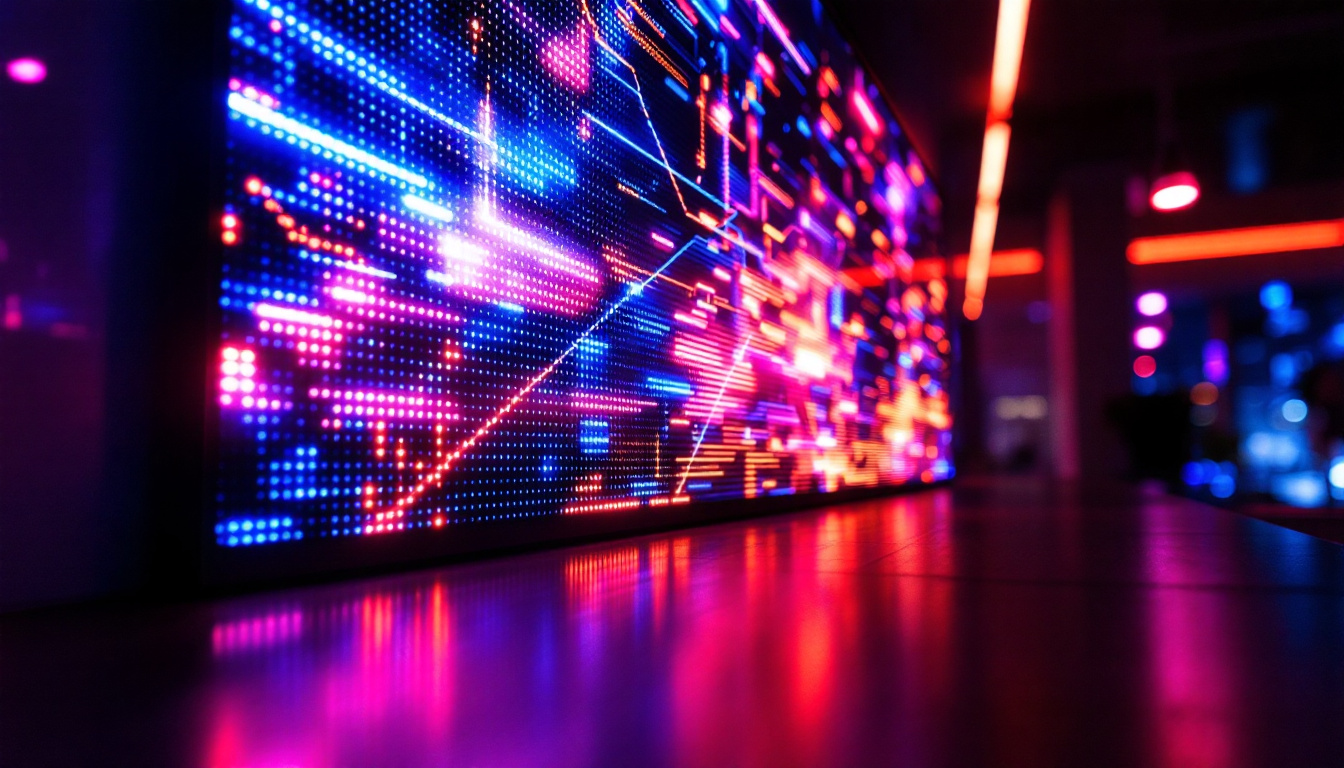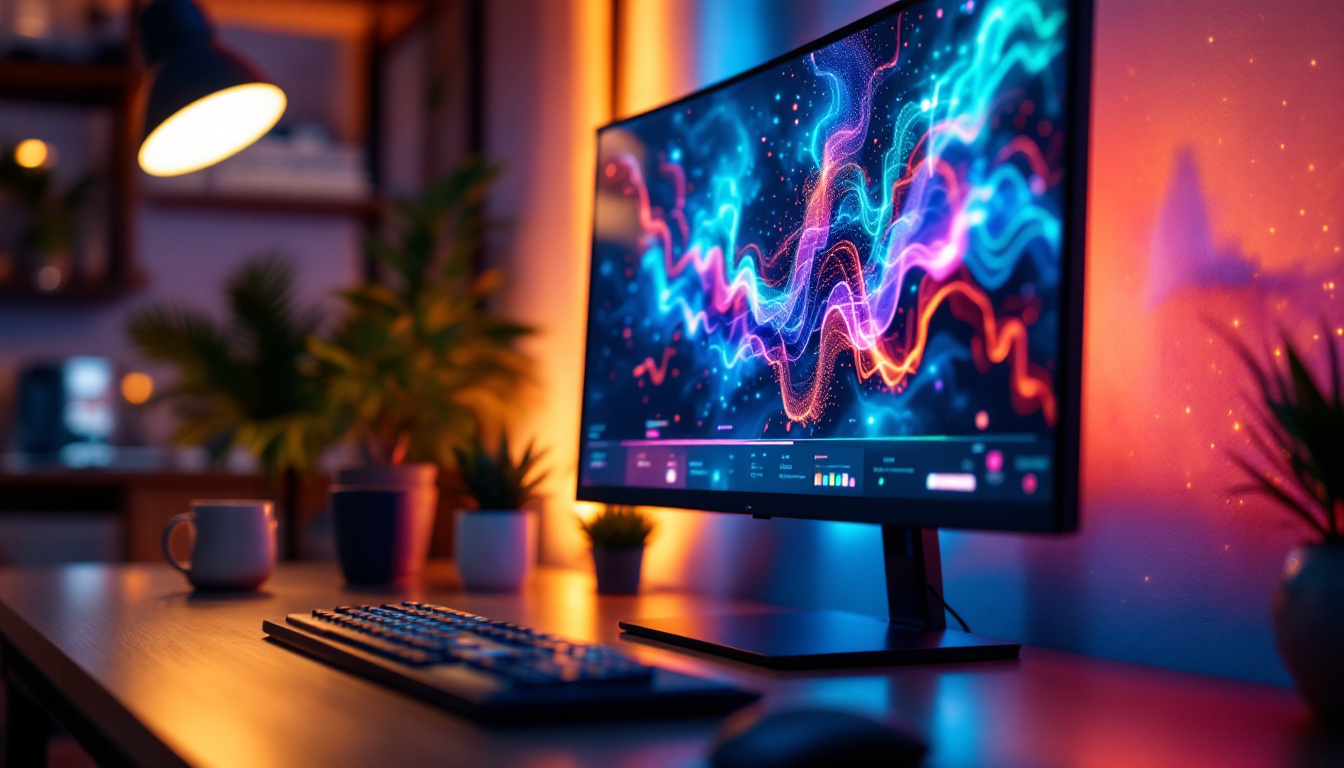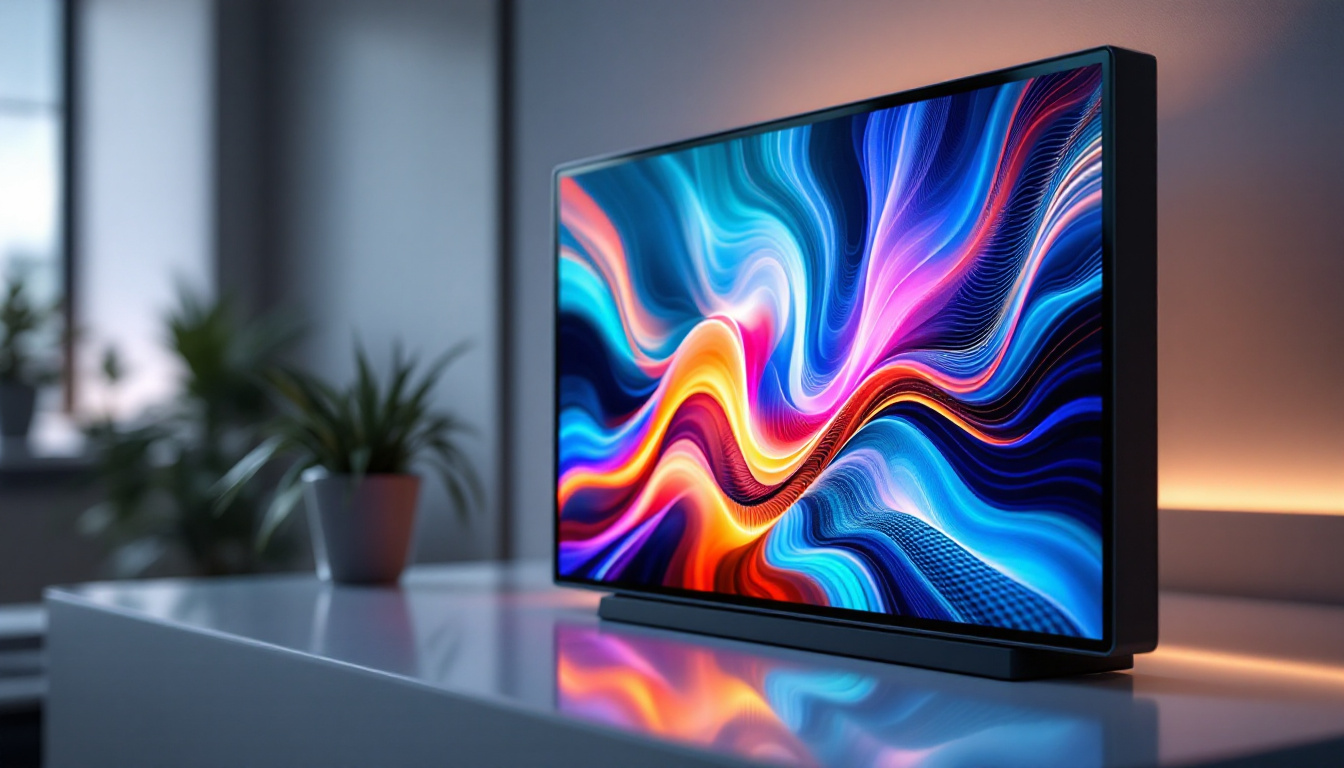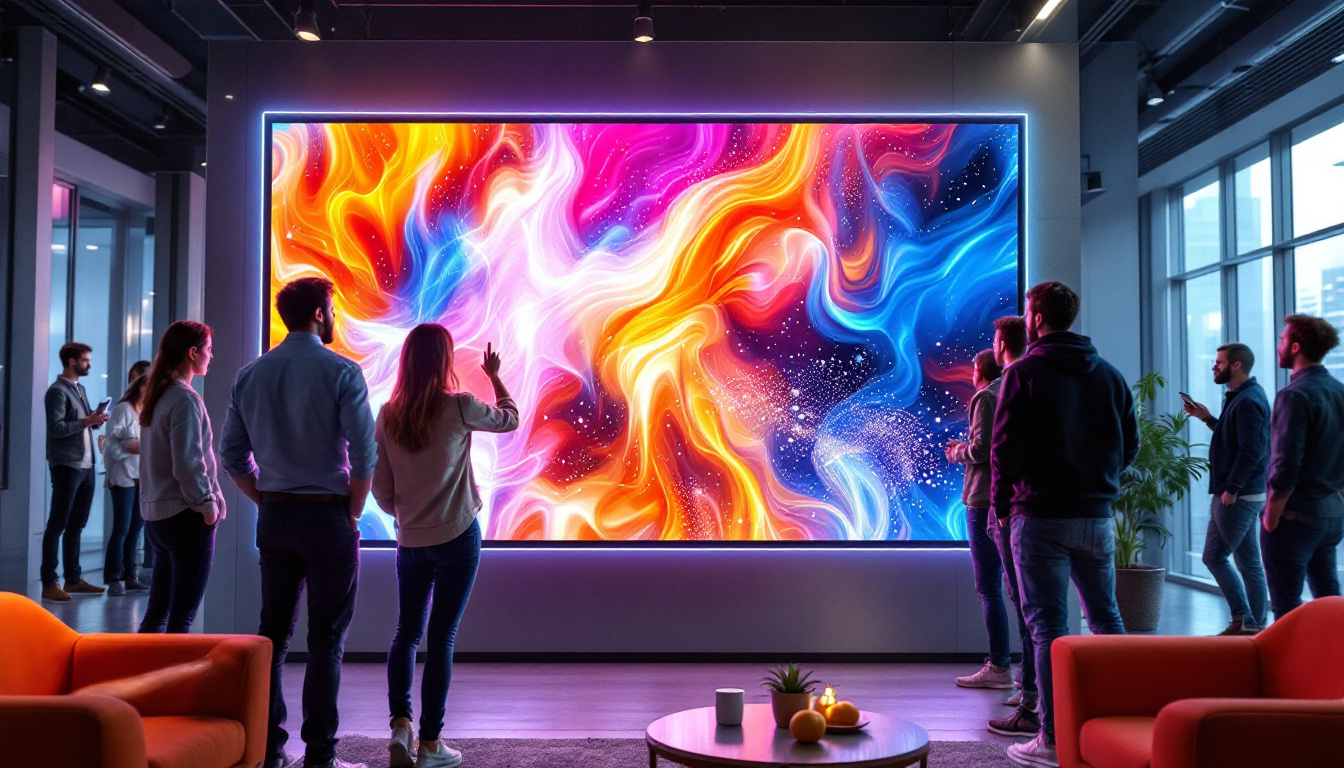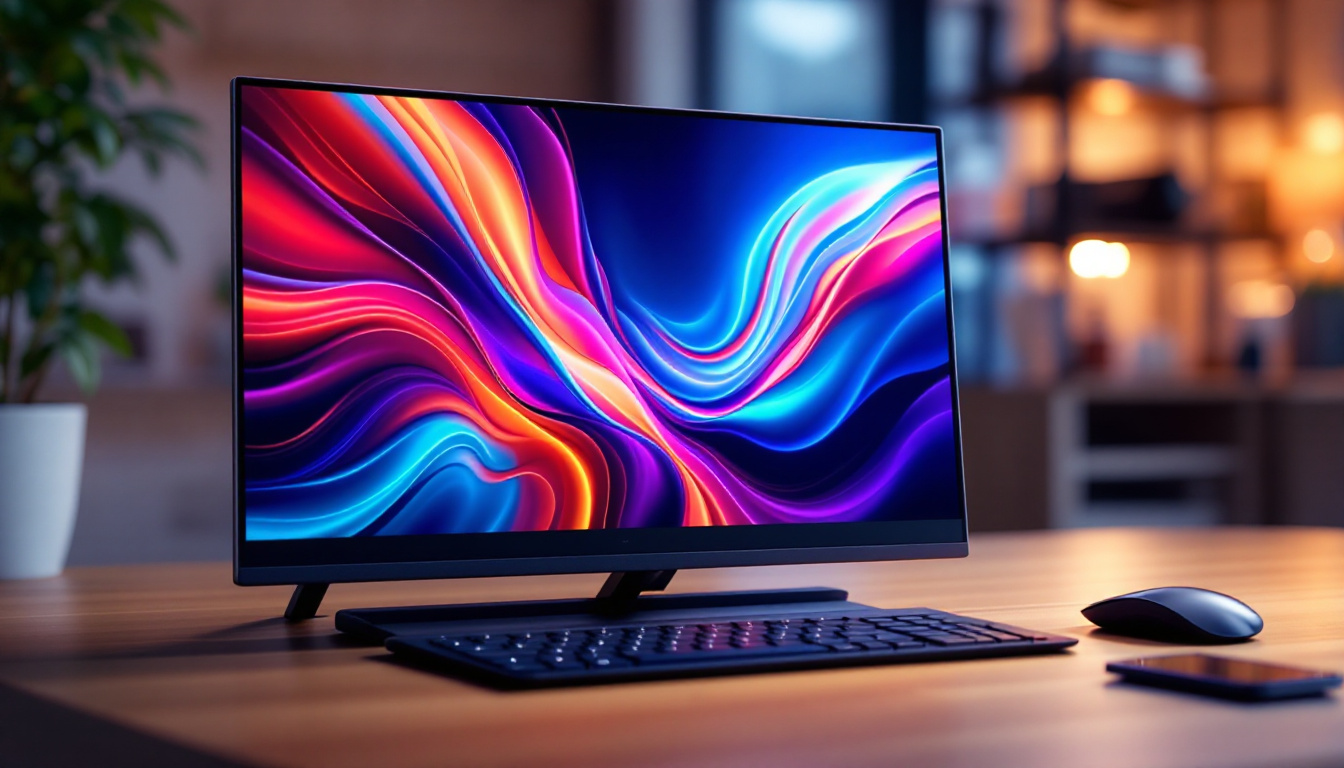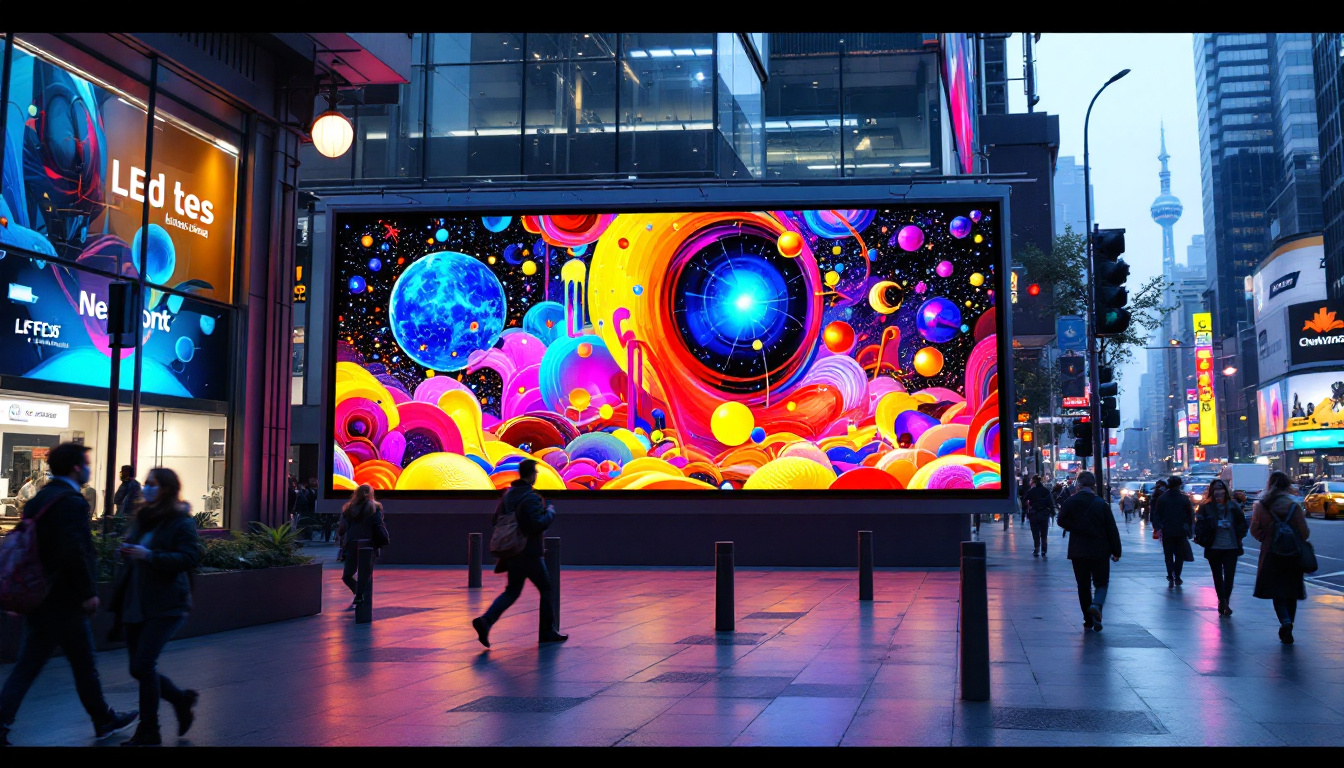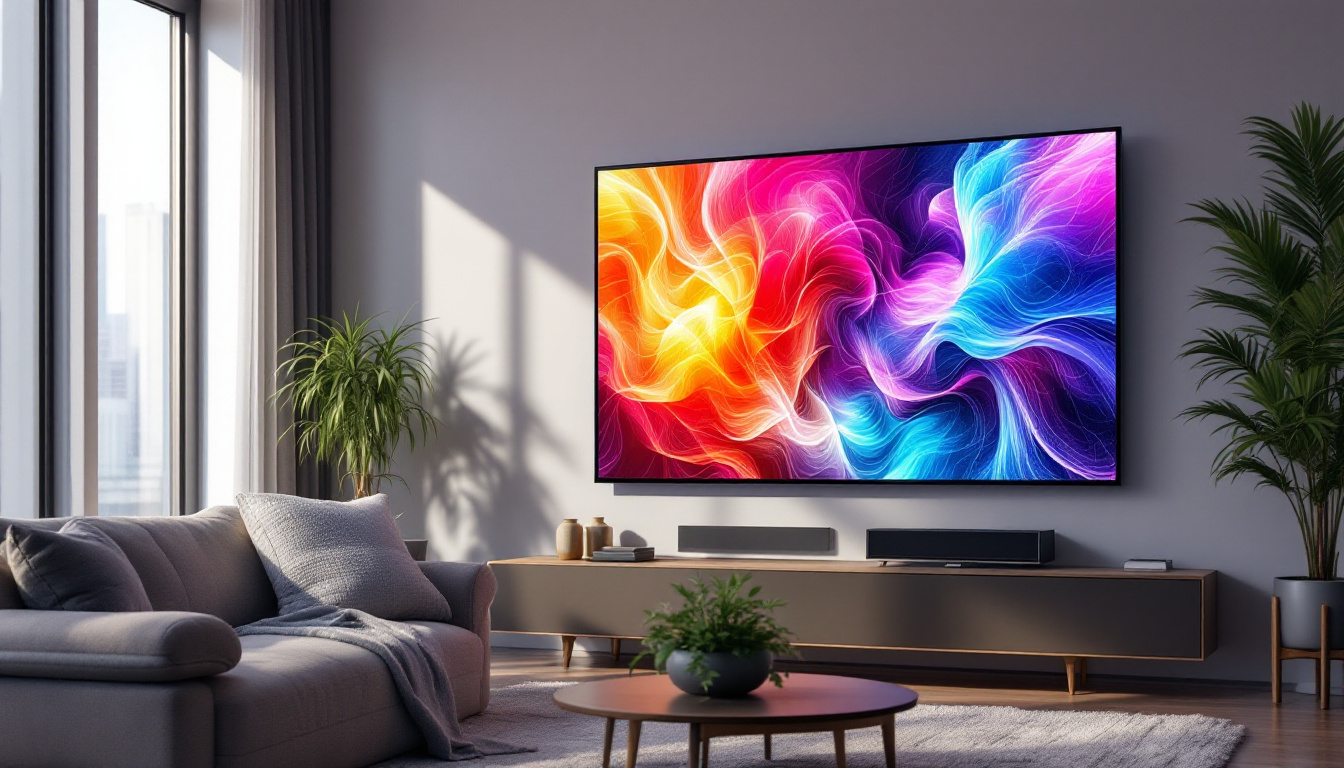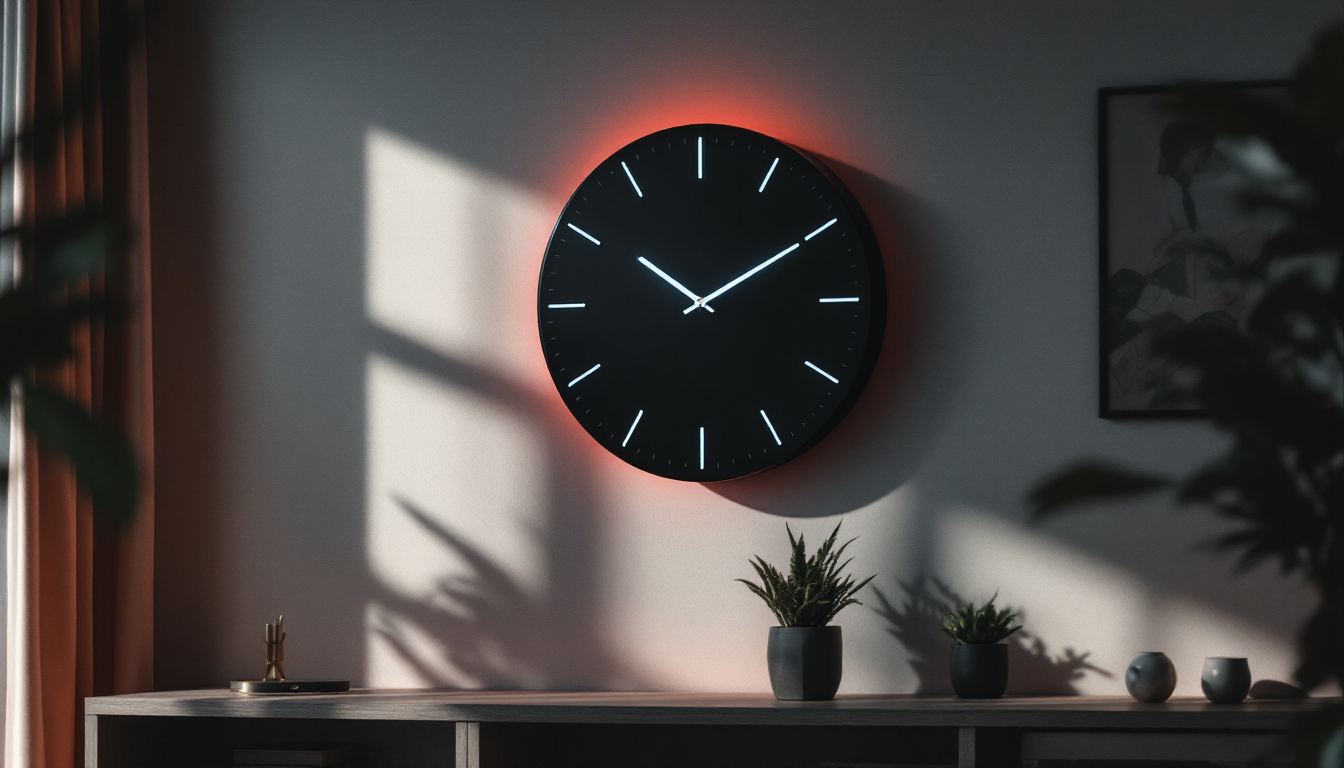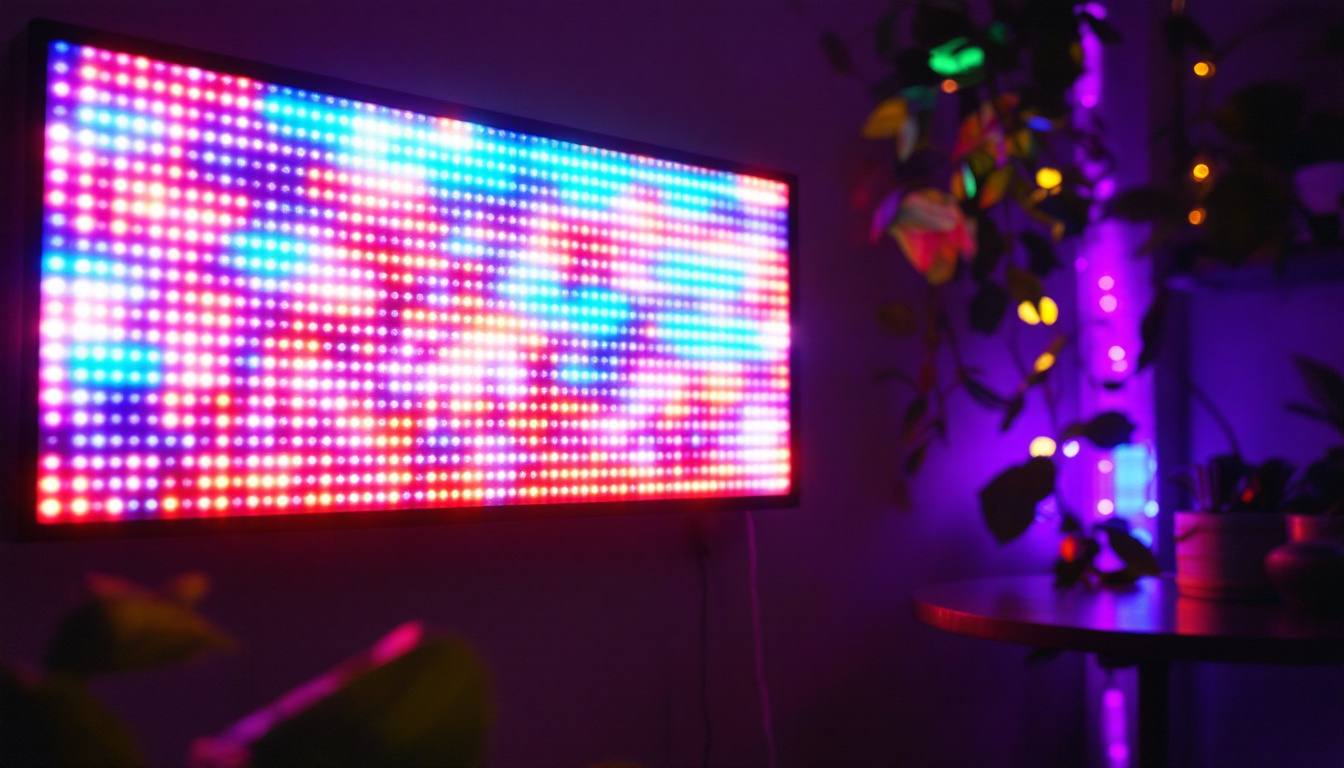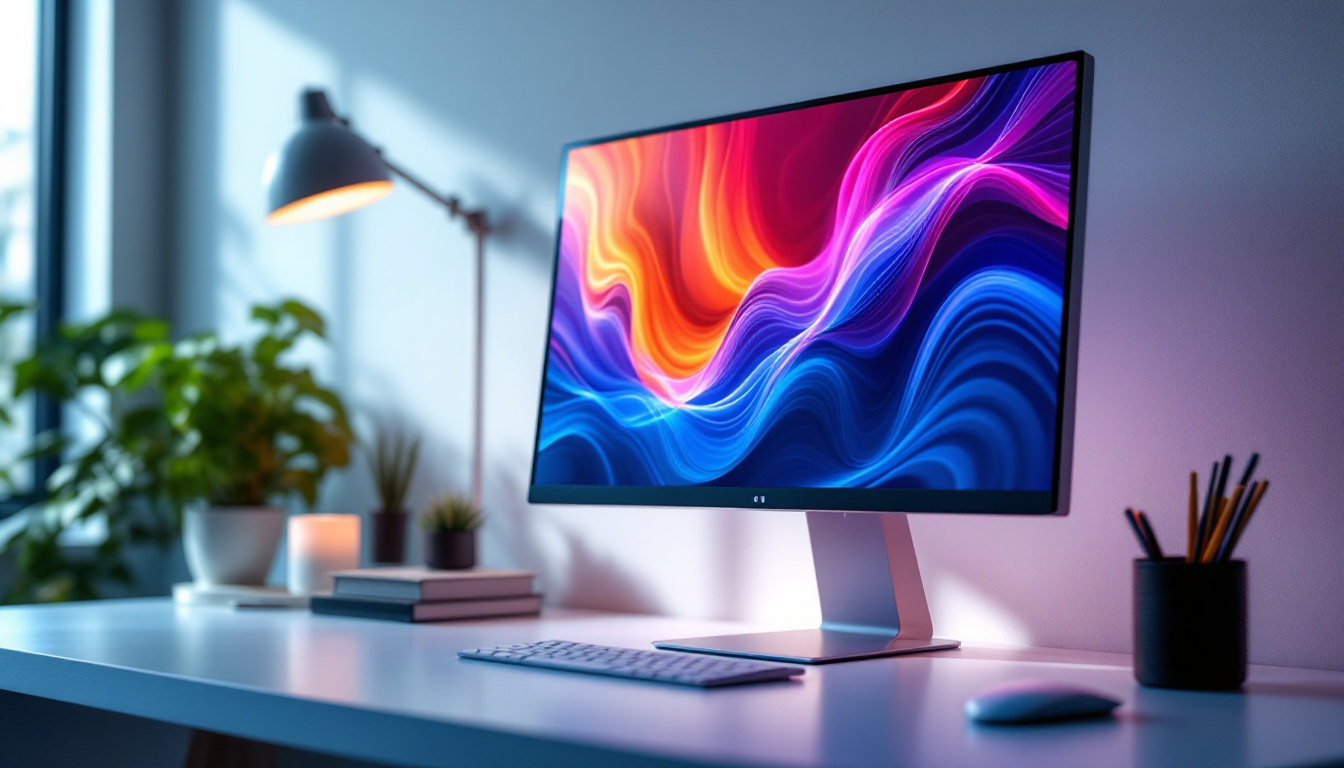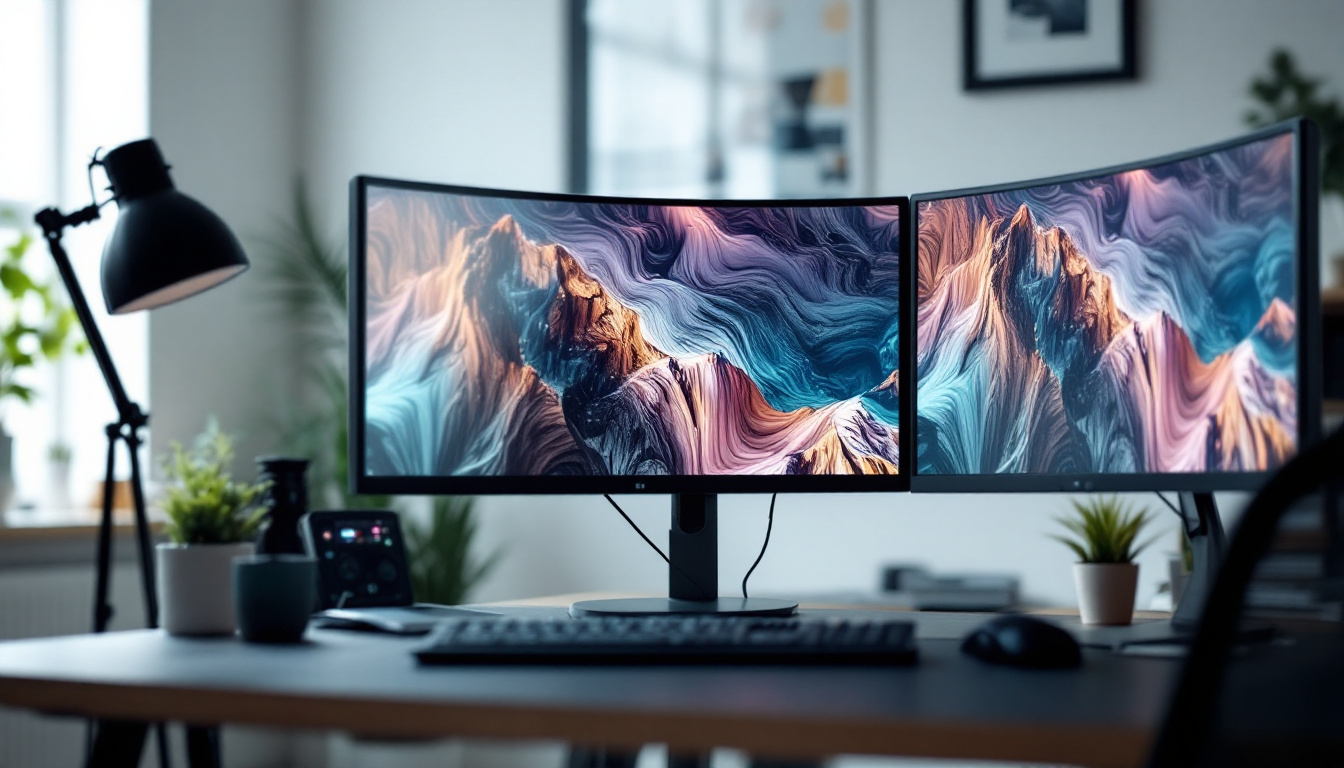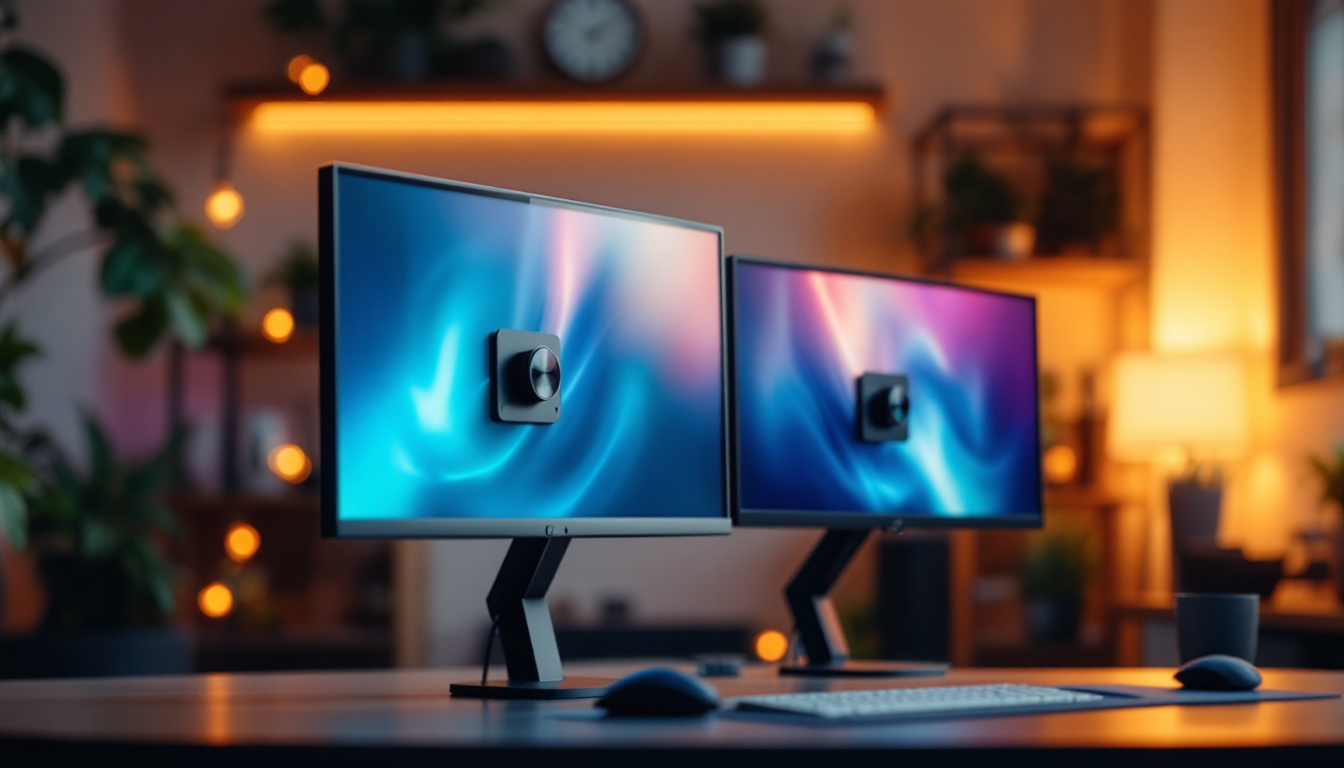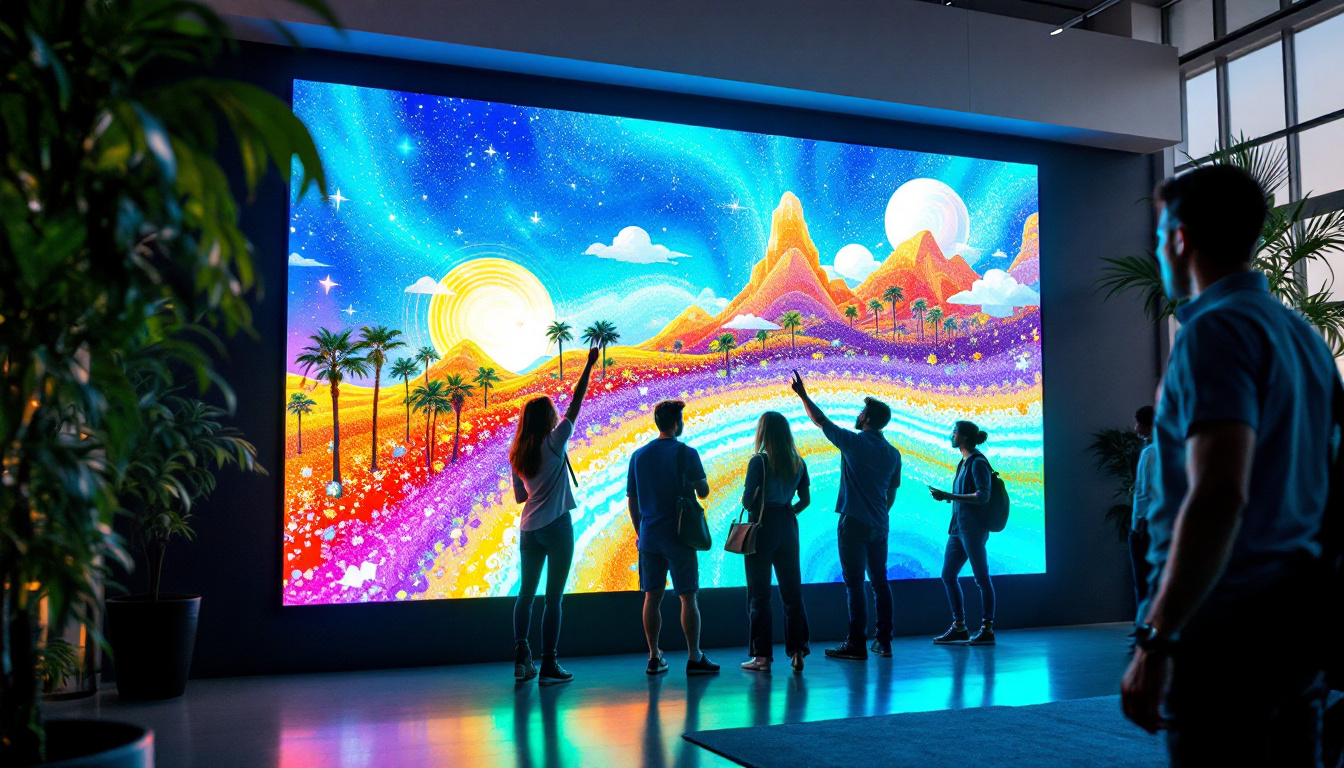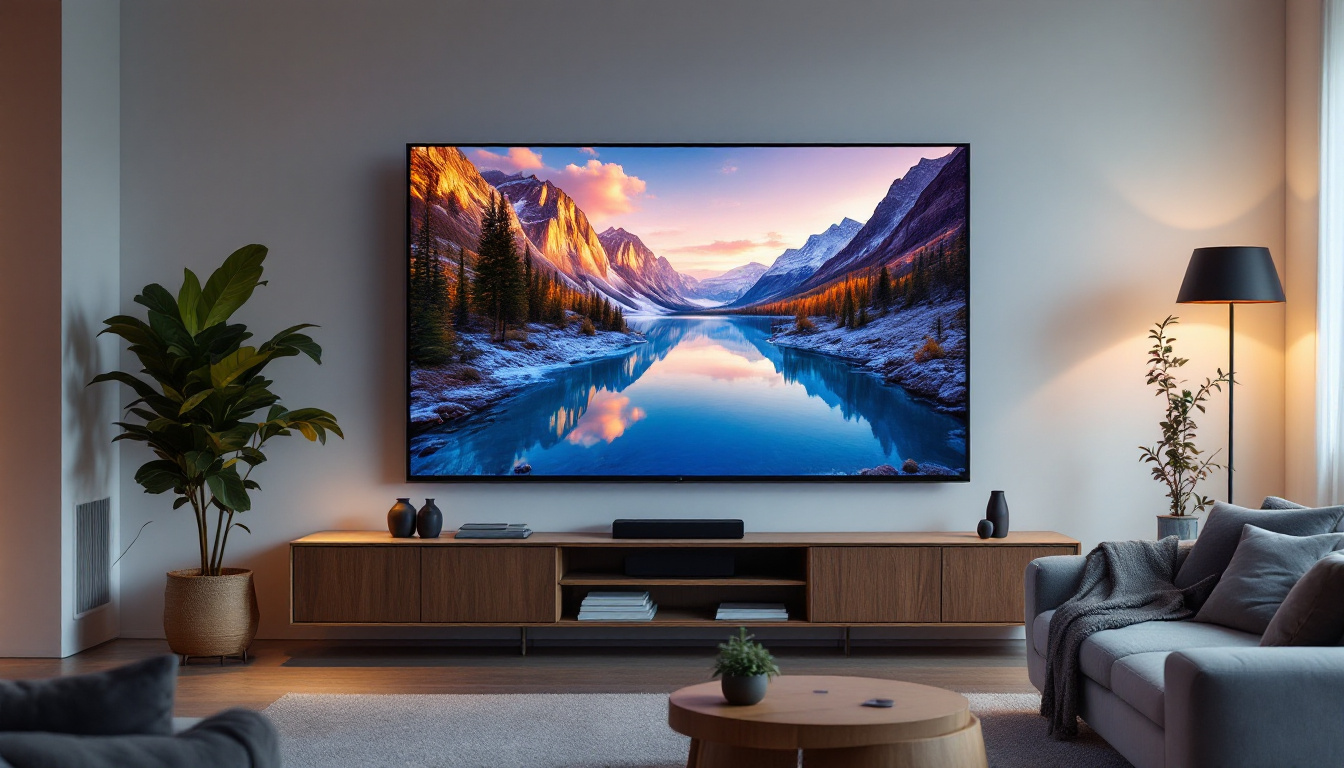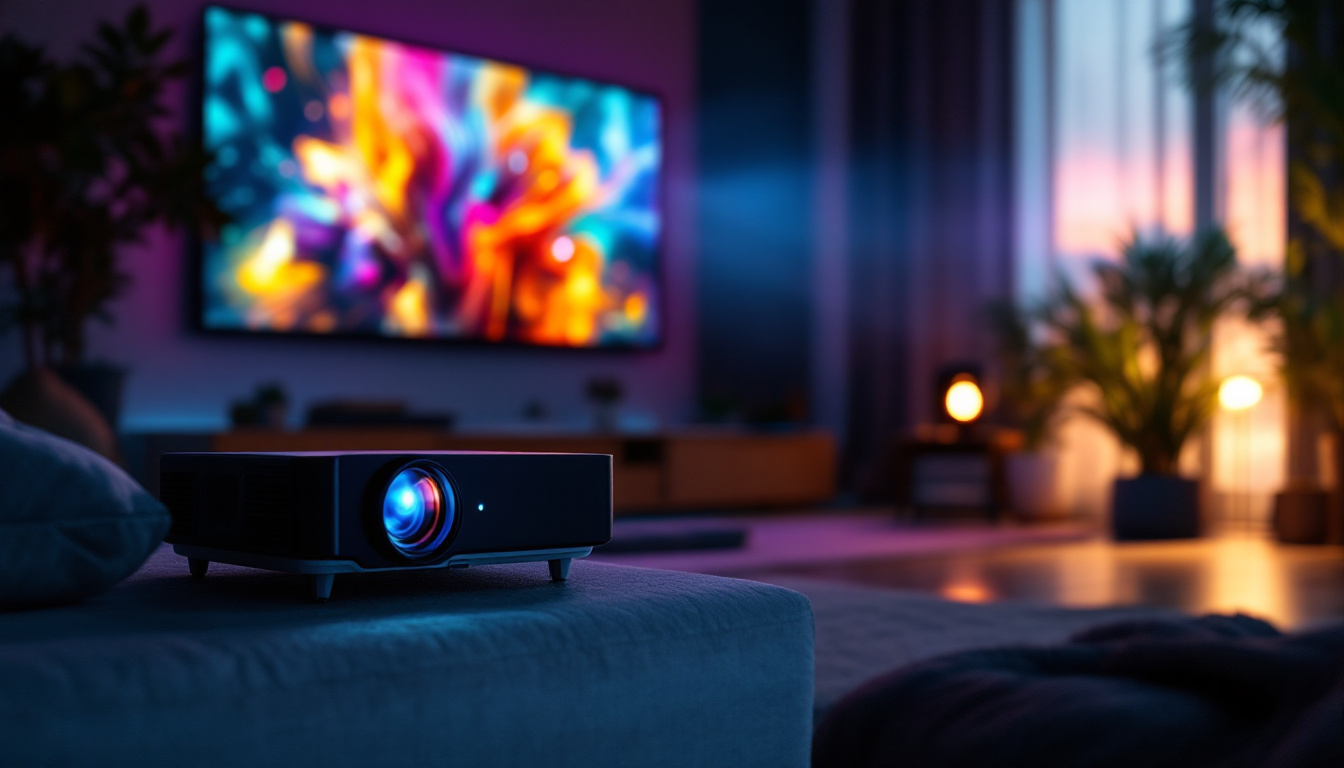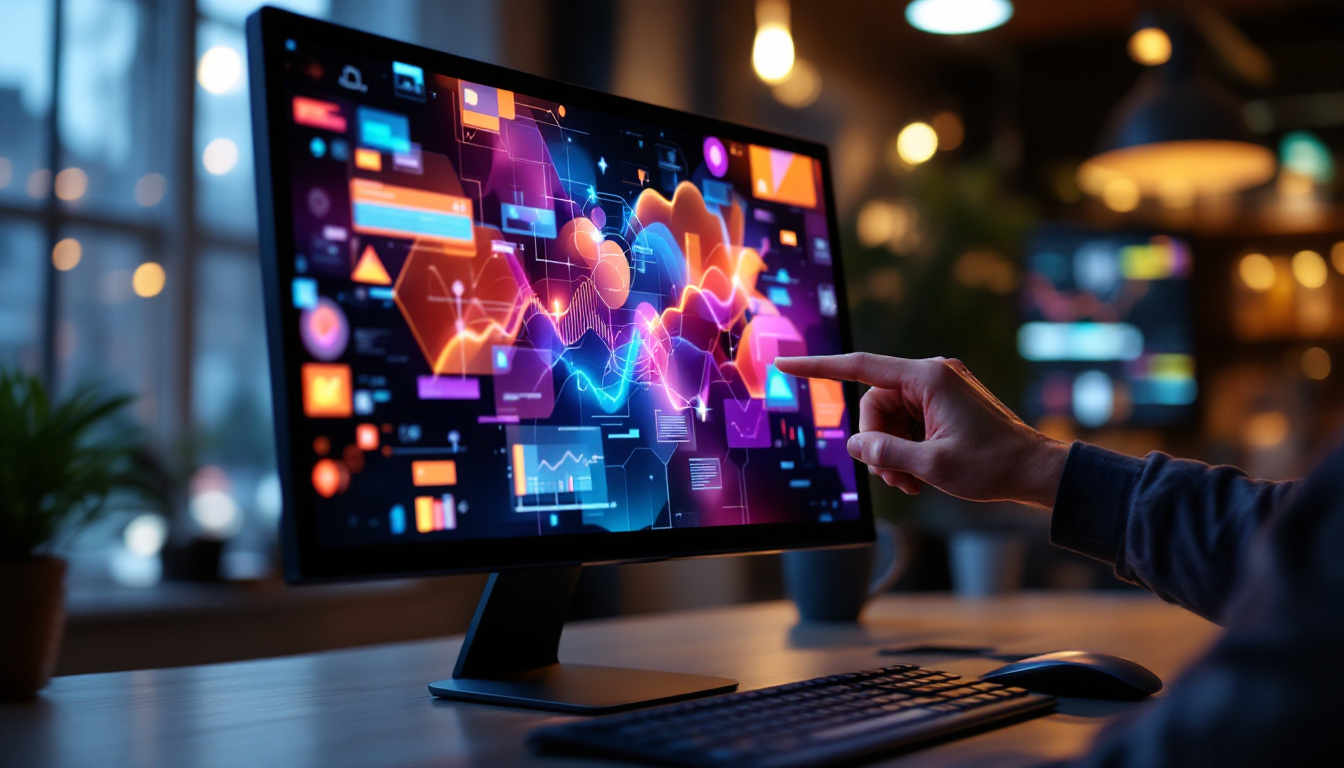In an era where technology continues to evolve at a rapid pace, the integration of touchscreen capabilities into computer monitors has transformed the way users interact with their devices. Touchscreen monitors not only enhance user experience but also offer a range of functionalities that traditional monitors lack. This article delves into the intricacies of computer monitors with touchscreen capabilities, particularly focusing on LED displays and their advantages.
Understanding Touchscreen Technology
Touchscreen technology has its roots in the early 1970s, but it has gained widespread popularity in the last two decades. The ability to interact directly with what is displayed on the screen has made touchscreens a preferred choice for many users, especially in environments where efficiency is paramount. As technology has evolved, so too have the applications of touchscreens, ranging from consumer electronics to industrial machinery, enhancing user experience across various sectors.
Types of Touchscreen Technologies
There are several types of touchscreen technologies, each with its own set of advantages and disadvantages. The most common types include resistive, capacitive, and infrared touchscreens. Understanding these differences can help users make informed decisions based on their specific needs and preferences.
- Resistive Touchscreens: These screens consist of multiple layers that register touch when pressure is applied. They are cost-effective and work well with styluses and gloved hands, making them ideal for industrial applications where users may need to operate devices in harsh environments. However, they may not provide the same level of clarity and sensitivity as other types, which can be a drawback in applications requiring high-resolution displays.
- Capacitive Touchscreens: Utilizing the electrical properties of the human body, capacitive screens are highly responsive and offer excellent clarity. They are commonly found in smartphones and tablets, where a smooth and intuitive user interface is crucial. The technology allows for multi-touch capabilities, enabling gestures like pinch-to-zoom, which enhances user interaction. However, they can be more expensive to produce, which may limit their use in budget-sensitive applications.
- Infrared Touchscreens: These screens use infrared light to detect touch. They are durable and can be used in various environments, including outdoor settings, as they are not affected by environmental factors like moisture or dust. However, they may struggle with precision in some cases, particularly when fine movements are required, which can be a limitation in applications such as graphic design or detailed data entry.
Each technology has its place, and the choice often depends on the specific needs of the user or the application at hand. For instance, in retail environments, capacitive touchscreens are often favored for their sleek design and responsiveness, while resistive screens might be chosen for kiosks in busy public spaces where users might be wearing gloves. Moreover, the integration of touchscreen technology with other innovations, such as augmented reality and voice recognition, is paving the way for even more interactive and engaging user experiences. As we continue to explore the potential of touchscreens, it’s clear that their role in our daily lives will only expand, influencing how we interact with technology in the future.
The Rise of LED Displays
LED (Light Emitting Diode) displays have become the standard in modern computer monitors due to their superior brightness, energy efficiency, and color accuracy. As the demand for high-quality visual output has increased, LED technology has evolved to meet these needs.
Advantages of LED Displays
LED displays offer numerous advantages over traditional LCD monitors. One of the most significant benefits is their energy efficiency. LED monitors consume less power, which not only reduces electricity bills but also contributes to a smaller carbon footprint.
Additionally, LED displays provide better contrast ratios and more vibrant colors. This is particularly important for graphic designers, photographers, and anyone who relies on accurate color representation. The ability to display a wider range of colors enhances the overall viewing experience.
Applications of LED Touchscreen Monitors
LED touchscreen monitors are versatile and can be used in various applications. In educational settings, they facilitate interactive learning experiences, allowing students to engage directly with the material. In retail environments, they can be utilized for interactive displays, enhancing customer engagement and providing information at their fingertips.
Moreover, in professional settings, touchscreen monitors can streamline workflows. Designers can manipulate images directly on the screen, while data analysts can navigate complex datasets with ease. The applications are virtually limitless, making these monitors a valuable addition to any workspace.
Key Features of Touchscreen LED Monitors
When considering a touchscreen LED monitor, several key features should be taken into account to ensure the best fit for specific needs. Understanding these features can help users make informed decisions.
Screen Size and Resolution
Screen size and resolution are critical factors that influence the usability of a touchscreen monitor. Larger screens provide more space for multitasking and can enhance the overall viewing experience. On the other hand, higher resolutions ensure that images and text are sharp and clear, which is essential for tasks that require precision.
Common resolutions include Full HD (1920 x 1080), 4K (3840 x 2160), and even 8K in some high-end models. The choice of resolution should align with the intended use of the monitor, whether for gaming, professional design work, or general productivity.
Touch Sensitivity and Multi-Touch Capability
Touch sensitivity is another vital feature to consider. Monitors with high sensitivity can detect even the lightest touches, providing a seamless user experience. Multi-touch capability allows users to perform gestures such as pinch-to-zoom or swipe, which can enhance productivity and ease of use.
For creative professionals, the ability to use multiple fingers simultaneously can significantly improve workflows, allowing for more intuitive interactions with design software and applications.
Connectivity Options
Connectivity is essential for integrating a touchscreen monitor into existing setups. Most modern monitors offer a variety of ports, including HDMI, DisplayPort, USB-C, and even legacy ports like VGA. Ensuring compatibility with current devices is crucial for a smooth user experience.
Some monitors also offer wireless connectivity options, allowing for a clutter-free workspace. This can be particularly beneficial in collaborative environments where multiple users need to connect their devices quickly and easily.
Choosing the Right Touchscreen Monitor
With numerous options available in the market, selecting the right touchscreen monitor can be daunting. However, certain considerations can simplify the decision-making process.
Assessing Your Needs
The first step in choosing a touchscreen monitor is to assess specific needs. Consider the primary use of the monitor. Will it be used for professional work, gaming, or casual browsing? Understanding the primary function will help narrow down the options significantly.
For instance, graphic designers may prioritize color accuracy and resolution, while gamers may look for fast response times and refresh rates. Identifying these needs upfront can save time and money in the long run.
Budget Considerations
Budget is another critical factor. Touchscreen LED monitors come in a wide range of prices, influenced by features, brand, and technology. Setting a budget can help filter options and prevent overspending.
While it may be tempting to opt for the cheapest option available, it is essential to consider the long-term value. Investing in a quality monitor that meets specific needs can enhance productivity and satisfaction over time.
Reading Reviews and Comparisons
Before making a final decision, reading reviews and comparisons can provide valuable insights into the performance and reliability of different models. User reviews often highlight real-world experiences that can reveal strengths and weaknesses not apparent in specifications alone.
Additionally, professional reviews can offer expert opinions on performance, build quality, and overall value. Taking the time to research can lead to a more informed purchase.
Maintaining Your Touchscreen Monitor
Once a touchscreen monitor has been selected and set up, proper maintenance is crucial to ensure longevity and optimal performance. Regular care can prevent issues and keep the device functioning smoothly.
Cleaning and Care
Cleaning a touchscreen monitor requires special attention to avoid damaging the screen. It is advisable to use a microfiber cloth and a gentle cleaning solution specifically designed for electronics. Avoid using harsh chemicals or abrasive materials, as these can scratch the screen or damage the coating.
Regularly cleaning the screen can prevent buildup of dirt and fingerprints, ensuring a clear and enjoyable viewing experience. Additionally, keeping the surrounding area tidy can help minimize dust accumulation.
Software Updates
Keeping the monitor’s software up to date is essential for optimal performance. Manufacturers often release updates that can improve functionality, fix bugs, and enhance security. Regularly checking for updates and installing them as needed can help maintain the monitor’s performance over time.
Some monitors may also come with specific software that enhances their touchscreen capabilities. Familiarizing oneself with these features can maximize the benefits of the device.
The Future of Touchscreen Monitors
The future of touchscreen monitors looks promising, with continuous advancements in technology. As user expectations evolve, manufacturers are likely to innovate further, enhancing functionality and user experience.
Emerging Technologies
Emerging technologies such as artificial intelligence and augmented reality are expected to play a significant role in the development of touchscreen monitors. These advancements could lead to more intuitive interfaces and enhanced interactivity, allowing users to engage with content in entirely new ways.
Furthermore, improvements in display technology, such as OLED and MicroLED, promise even better color accuracy, contrast, and energy efficiency. As these technologies become more accessible, they may redefine the standards for touchscreen monitors.
Increased Integration in Daily Life
As touchscreen monitors become more prevalent, their integration into daily life will likely increase. From smart homes to collaborative workspaces, the ability to interact directly with screens will enhance convenience and efficiency. This trend is already evident in various sectors, including education, healthcare, and retail.
As technology continues to advance, the potential for touchscreen monitors to revolutionize how individuals and businesses operate is immense. Embracing these innovations can lead to more productive and engaging experiences.
Conclusion
Computer monitors with touchscreen capabilities, particularly those utilizing LED display technology, represent a significant advancement in user interaction and functionality. Understanding the various types of touchscreen technologies, the advantages of LED displays, and the key features to consider when purchasing can empower users to make informed decisions.
As technology continues to evolve, the future of touchscreen monitors promises exciting developments that will enhance user experiences across various applications. Whether for professional use, education, or entertainment, touchscreen LED monitors are set to play a pivotal role in shaping the way individuals engage with technology.
In conclusion, investing in a touchscreen monitor can be a game-changer, providing a more interactive and efficient way to work, learn, and play. With careful consideration and research, users can find the perfect monitor that meets their needs and enhances their digital experience.
Discover LumenMatrix’s Advanced Touchscreen LED Displays
Ready to elevate your interactive experience with the latest in LED display technology? Look no further than LumenMatrix, a pioneer in crafting immersive visual solutions. From dynamic Indoor LED Walls to vibrant Outdoor Displays and beyond, LumenMatrix offers an extensive range of products designed to captivate and engage. Whether you’re looking to enhance your business’s brand visibility, create a mesmerizing visual experience, or simply want to invest in top-tier touchscreen functionality, LumenMatrix has you covered. Check out LumenMatrix LED Display Solutions today and step into the future of digital interaction.

